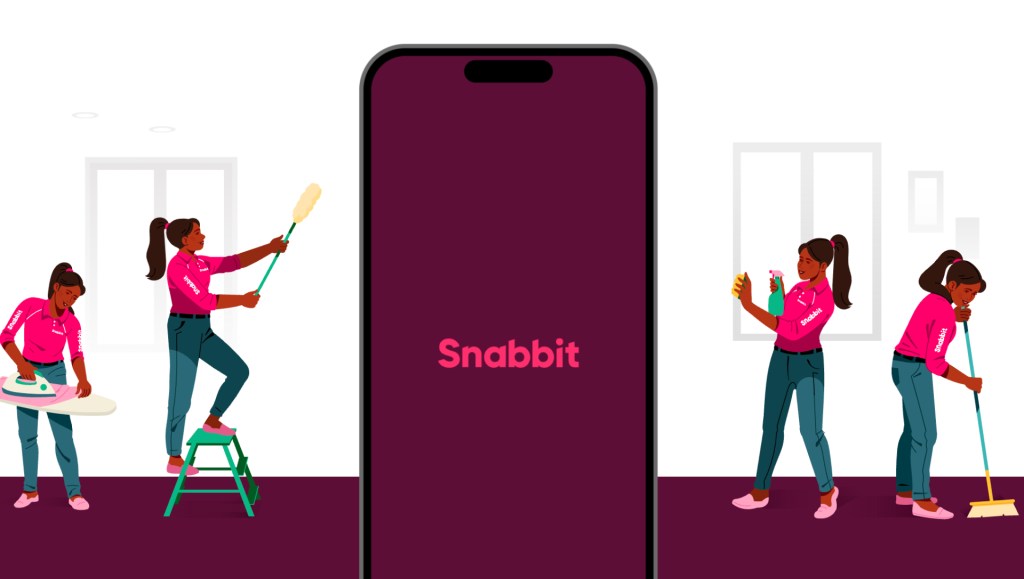In a remarkable shift within the U.S. e-commerce landscape, Chinese shopping applications Taobao and DHgate have ascended into the top five free iPhone apps on the U.S. App Store. This surge is largely attributed to American consumers seeking more affordable alternatives in response to escalating tariffs on Chinese imports.
The Rise of DHgate and Taobao
DHgate, a prominent Chinese e-commerce platform, has secured the No. 2 position among free iPhone apps in the United States. Hot on its heels, Taobao, another major Chinese shopping app, has climbed to the No. 5 spot as of April 17, 2025. This rapid ascent underscores a growing trend among U.S. consumers to explore direct purchasing options from Chinese manufacturers.
Influence of Social Media on Consumer Behavior
The catalyst for this trend appears to be a series of viral TikTok videos. These videos feature Chinese manufacturers revealing that many luxury goods, including clothing, handbags, shoes, and accessories, are originally produced in China. According to these manufacturers, these items are then shipped to countries like Italy or France, where luxury brands apply their labels and repackage the products. This revelation has led U.S. consumers to consider bypassing traditional retail channels and purchasing directly from Chinese sources to avoid substantial markups.
Consumer Shift Amid Rising Prices
With increasing prices on popular shopping platforms such as Shein and Temu, American consumers are actively seeking more cost-effective alternatives. The appeal of obtaining luxury-style goods at significantly reduced prices has driven many to download and explore apps like DHgate and Taobao.
Surge in Taobao’s Popularity
Taobao’s growth has been particularly noteworthy. In April 2025, the app experienced approximately 185,000 downloads, marking a staggering 514% increase from the 30,000 downloads recorded in the same period the previous month. Data from app intelligence provider Appfigures indicates that Taobao’s downloads surged 5.7 times between Friday and Saturday of that week. The app’s ranking on the iOS App Store’s Overall category (excluding games) improved dramatically, moving from No. 461 on Saturday to No. 5 by Thursday. In the Shopping category, Taobao advanced from No. 49 to No. 2, surpassing established platforms like Walmart, Amazon, Shein, and Temu.
Historical Context and Market Implications
Historically, Taobao had not featured prominently in the Top Overall charts on the U.S. App Store, according to Appfigures’ data dating back to January 1, 2017. This recent surge signifies a significant shift in consumer behavior, with more Americans willing to explore international e-commerce platforms to find better deals.
Perceived Benefits and Potential Risks
While purchasing directly from manufacturers via these apps may not exempt consumers from tariffs on Chinese imports, many believe that cutting out intermediaries could lead to overall cost savings. Additionally, these platforms offer access to luxury-style goods or similar products at more affordable prices. However, consumers should exercise caution, as product quality can vary. It is advisable to review individual seller ratings and customer feedback before making purchases.
Broader Trends in Chinese E-commerce
The success of Taobao and DHgate in the U.S. market reflects broader trends in Chinese e-commerce. China’s e-commerce industry is the largest globally, accounting for approximately 50% of all spending on retail apps. This dominance is supported by a vast mobile user base, with around 975 million smartphone users in the country. Moreover, over 50% of all retail sales in China occur through mobile platforms, a stark contrast to less than 15% in the United States.
Conclusion
The rapid rise of Chinese shopping apps like Taobao and DHgate in the U.S. App Store highlights a significant shift in consumer behavior, driven by a combination of social media influence, rising domestic prices, and the pursuit of more affordable luxury goods. As American consumers continue to seek cost-effective alternatives, the presence of these platforms in the U.S. market is likely to grow, potentially reshaping the landscape of online shopping.



